Late September brought this winter’s first snowfall to Yakutsk in eastern Siberia, but it is heat, not cold, that worries this city of 300,000 people.
It is only two months since Yakutsk was baking in a blanket of acrid smog, as wildfires devoured some 8.8 million hectares of surrounding forest – an area bigger than Ireland.
The yellowish-brown murk had crystal clear implications for the Russian north: rising temperatures are expected to cause more frequent and more intense wildfires, creating a vicious circle of warming that simultaneously releases greenhouse gases while destroying swathes of the taiga forest that absorbs them.
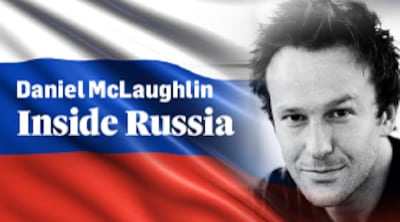
At the same time, climate change threatens to shift the very ground under the feet of people living in Yakutsk and other parts of Russia that sit on permafrost – a layer of frozen earth that covers 65 per cent of the world's biggest country.
Scientists say large areas of permafrost are already melting as temperatures in the Arctic rise twice as quickly as the global average, and as the thaw spreads it will increasingly imperil everything from apartment blocks, roads and railways to oil pipelines, dams and military installations in Siberia and elsewhere.
"The danger is very great," says Alexander Fyodorov, deputy director of the Melnikov Permafrost Institute in Yakutsk.
“The biggest threat is that degradation of the permafrost will change and destroy infrastructure: towns, villages, roads, airports everything in turn. And many accidents have already taken place with gas and oil pipelines, due to changes in the permafrost.”
A short walk along Lenin Street, past offices of the huge Alrosa firm that mines the Yakutia region’s abundant diamonds, stands a dilapidated nine-storey apartment block that local press dubbed the “leaning tower”.

“Of course we all know about it,” local resident Irina says of block number 19, which two years ago was found to be listing by 42cm following complaints about cracked walls and sloping floors, prompting emergency reinforcement of the piles that support most buildings in permafrost areas.
“I don’t live in that building – thankfully – and my block seems alright at the moment. But we all worry about what might happen here.”
Melting permafrost
Vladimir Romanovsky, a Siberian-born geophysics professor at the University of Alaska Fairbanks, says prospects for Russian cities built on permafrost, such as Yakutsk and Norilsk inside the Arctic Circle, are "not really great".
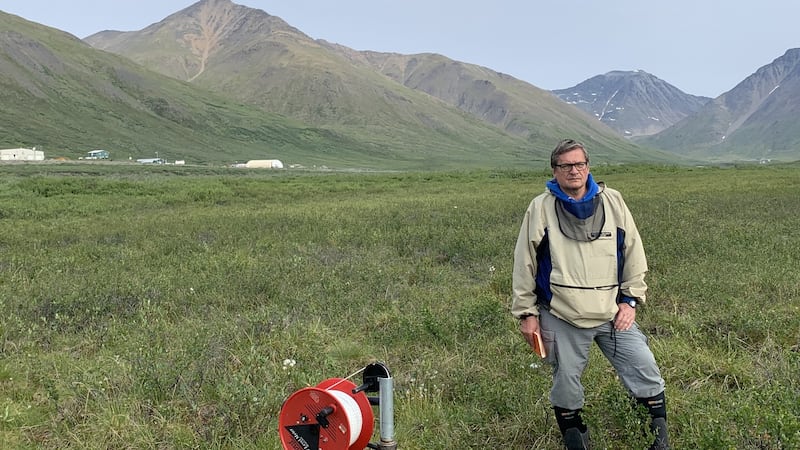
“They are built on piles going into the permafrost and they are stable while the permafrost is stable. But when it gets warmer, even before it thaws, the permafrost cannot hold the piles strongly enough and they start to sink. And they don’t sink evenly... and this destroys buildings,” he explains.
“I think it’s pretty bad already and it will only get worse.”
In the 1970s, Romanovsky studied the engineering and permafrost conditions for building the Baikal-Amur Mainline railway in Siberia, for which he received a state award and gathered material for his first PhD.
“The biggest concern for local people is how melting permafrost will affect their lives – roads, water supply, homes, transportation,” he says.
“But there are also many other concerns for the global community. There is critical infrastructure, especially in Russia, related to the oil and gas industries. The impact on that infrastructure could cause problems for energy security and military security, and so for national security as well.”
In energy-rich western Siberia, experts say about 35,000 accidents and failures occur at major pipelines each year, more than one fifth of which have a mechanical cause including loss of stability and damage to foundations.
Melting permafrost is thought to have been a factor in a May 2020 disaster at Norilsk Nickel, the world's biggest nickel and palladium producer, in which 21,000 tonnes of fuel leaked from a storage tank into Arctic rivers and lakes; the firm was forced to pay a fine of €1.74 billion, a record in Russia for environmental damage.
Incidents like that, and the staggering scale of the recent wildfires in Yakutia, seem to have convinced Russia’s leaders to take global warming more seriously.
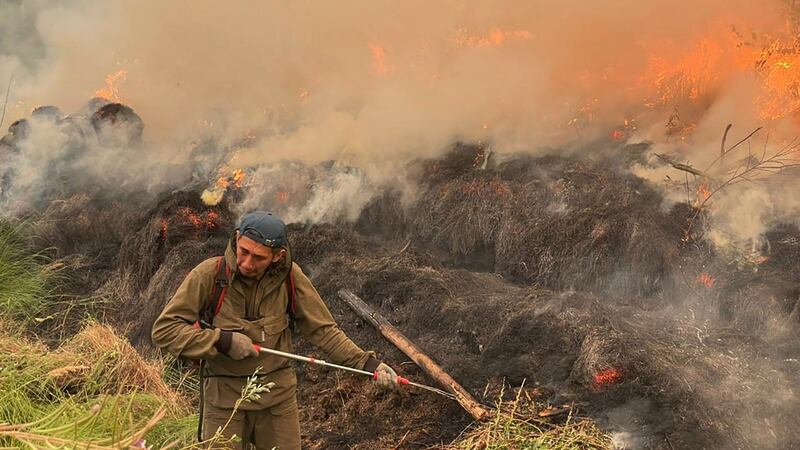
Russian president Vladimir Putin said in 2003 that "an increase of two or three degrees wouldn't be so bad for a northern country like Russia. We could spend less on fur coats, and the grain harvest would go up", – but now his tone has changed.
Putin says Russia’s annual temperature over the last 44 years has risen 2.8 times quicker than the global average, and he wants to launch a monitoring system this year in permafrost areas of Russia, which are home to about 15 million people.
“The Arctic has a huge impact on the global climate. It’s important for us to understand and predict the processes here. And for that we need a reliable basis, accurate scientific data and predictions. So I ask you to speed up the creation of a national system for monitoring the condition of the permafrost,” he told officials last month.
Putin has called it “nonsense, a myth”, that Russia is not interested in tackling climate change, but it remains a major carbon emitter and plans to ramp up natural gas production in the next decade, thanks largely to new infrastructure in the Arctic.
Carbon emissions
Russia is already the biggest exporter of natural gas and number-two exporter of oil, and it is also aiming to increase its production of coal at a time when much of Europe wants to stop burning it.
Critics say Russia’s 2030 target to cut carbon emissions to 70 per cent of 1990 levels is woefully weak – and could even allow it to increase emissions from today’s levels – because the 1991 Soviet collapse shut down much heavy industry.
Russia wants to place its 800 million hectares of forest at the core of its climate strategy, using its huge carbon-absorbing capacity to offset emissions of greenhouse gases.
More than 18 million hectares of woodland are thought to have burned this summer, however, making it Russia’s worst fire season on record, and emissions from Yakutia’s fires from June to August were twice as large as a year earlier.
"We had a hot, dry summer, hardly any rain at all, and there was lots of flammable material on the forest floor in areas had not burned for a long time," says Alexander Isayev, an expert on forests and wildfires at the Russian Academy of Sciences in Yakutsk.
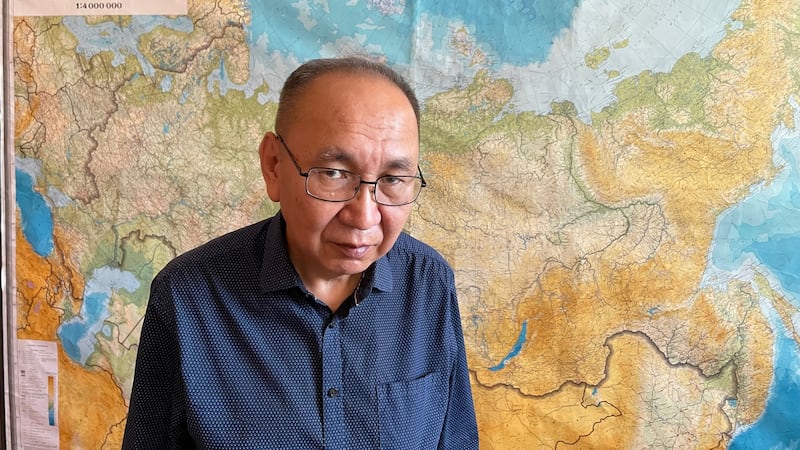
“The trend here is for rising average air temperatures, especially in summer; for increasing dryness; and for forest fires to grow in number and scale,” he explains. “At some stage, another balance will be found, but when and what kind of balance that will be is impossible to say.”
Fewer than one million people live in Yakutia, which is also known as the Republic of Sakha, on a territory almost the size of India.
Fire fighting and fire-prevention work in a region this size place great demands on funds and manpower, and Russia has effectively decided to tackle only those forest blazes that directly threaten human lives and infrastructure.
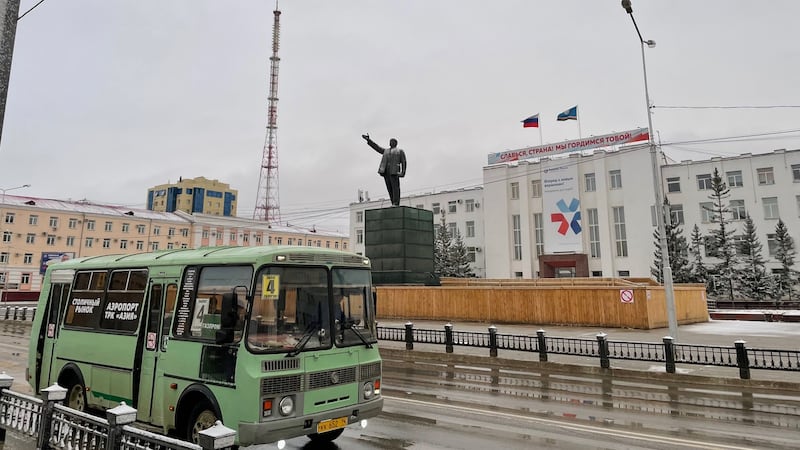
Yet destruction of the forest not only spews out huge amounts of carbon and kills trees that naturally absorb it, but also accelerates the melting of the permafrost.
"Intact forests have a certain energy balance, thanks to the coverage of vegetation and the layer of organic matter on top of the soil. If you remove that cushion, that insulation, then the balance will change and it will change the permafrost," says Go Iwahana of the International Arctic Research Centre in Alaska.
“After the fires this summer, we will see an immediate difference in thawing depth and temperature of permafrost between the intact and the burned forest,” he explains.
Melting permafrost can not only deform landscapes by creating lakes and huge craters and exposing previously buried rock, but as it thaws it releases greenhouse gases including methane – which has 80 times the warming effect of carbon dioxide.
Iwahana is studying Yakutia’s permafrost ice to discover the volume of greenhouse gases it contains – and which would enter the atmosphere when it melts.
“It might be a very small amount compared to a rice field, for example. But in a rice field it is always emission then sequestration, up and down. When permafrost ice disappears, it is only release [of greenhouse gases] and it is irreversible.”
Tourist attraction
Behind the wheel of his ageing Toyota, taxi driver Dmitry said the extremes of recent weather had tested even normally stoical Yakutsk natives like him.
“The smog in summer was horrendous, especially for people with breathing problems like asthma or Covid,” he recalls as light snow falls on Yakutsk.
“But then last winter was hard too – minus 60. Minus 40 is alright, we’re used to that and it can even be sunny, but minus 60 with thick fog – that wasn’t good.”
He follows muddy city roads flanked by huge heating pipes – raised well above the permafrost – and then makes a turn where Yakutsk starts to peter out in the face of the immense wilderness beyond.
Here is Yakutsk’s main tourist attraction, the Kingdom of Permafrost.
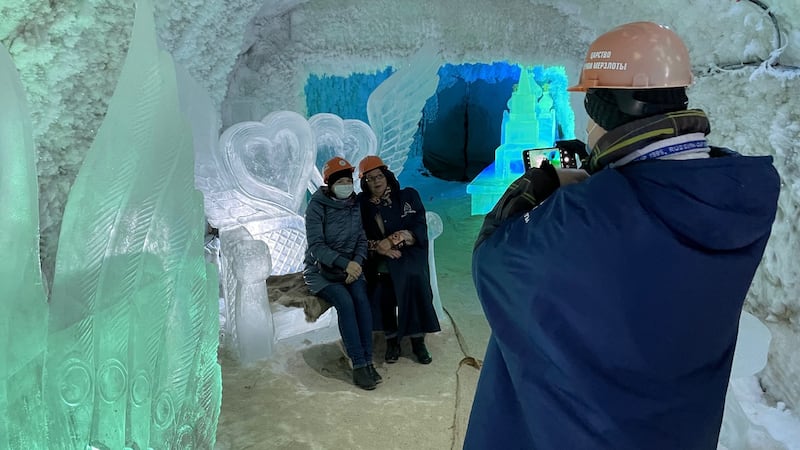
Its tunnels and caves, carved into a frozen hillside, are peopled with elaborate ice sculptures and bathed in coloured lights and traditional Yakut music.
“I’ve heard about the melting permafrost,” says Alexander, who sells the €6 tickets and helps visitors don warm overcoats and orange hard hats before they venture into the underworld.
“It’s never warmer than minus 5 or minus 6 in there and we haven’t seen any changes – though we do shut the main door quickly in the summer,” he adds.
“Everything’s stable here, so far.”












